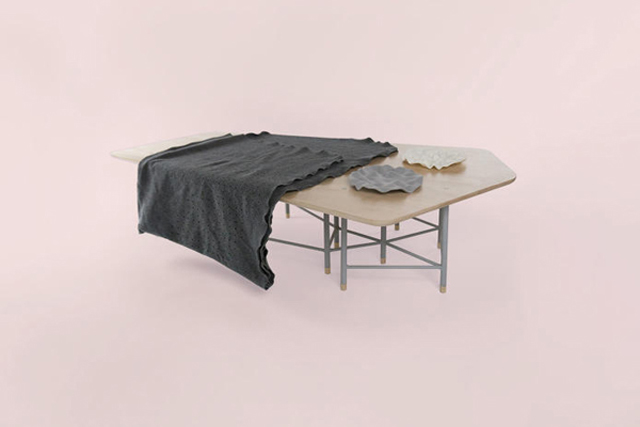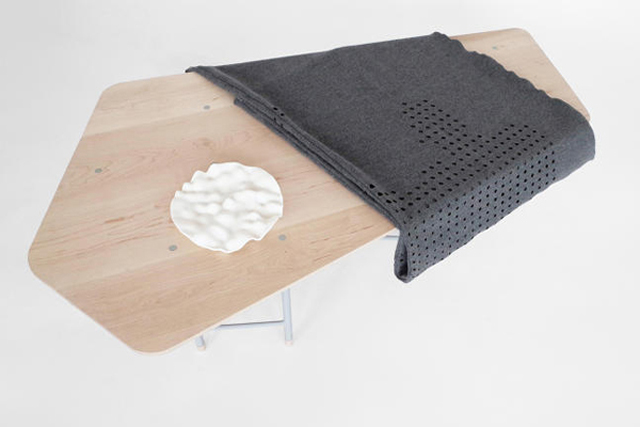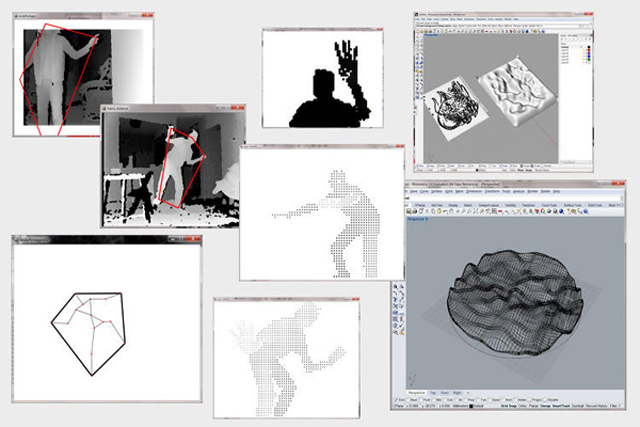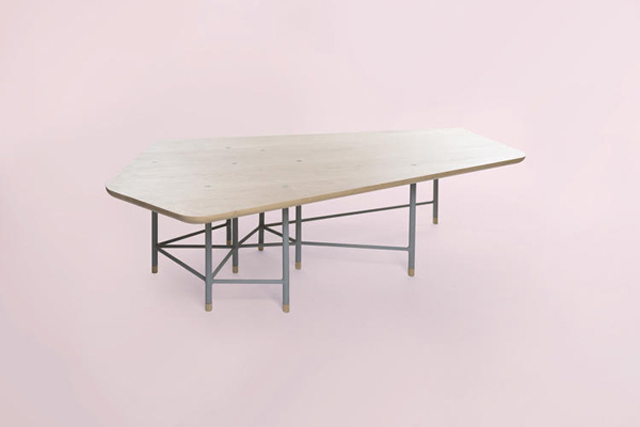Based out of Toronto, Ontario, Asis felt inclined to create the Digital Hand to explore what it might look like if generative design was a more prevalent practice. Furthermore, in addition to creating a mechanism that could harness life’s evolutionary design approach, he also wanted to make it so CNC machines and 3D printers were solely responsible for a project’s craftsmanship. Born from this idea was Digital Hand, a motion-capable device that allows people the opportunity to literally draw a table of their choice and then instantly have it manufactured.
“Possibly the biggest advantage to CAD software and digital manufacturing is the ability to create perfectly defined objects. It’s really great in the way that things are exactly as rendered and what you see is what you get,” Asis told Fast Co. Design. “But it’s almost at the expense of the human connection. The Digital Hand is a bridge between the physical world and the digital world. Creating objects that aren’t defined by perfect numbers or round dimensions but by the feeling of human intuition and spontaneity.
Currently, Asis’s Digital Hand boasts the capability of designing three separate objects with pre-defined parameters: the Skeleton Table, Wave Dish, and Dot blanket. For the Skeleton, users would first create the table’s top by stretching and bending a trapezoidal box with their hands, feet, and head using the Kinect. Its legs are then created using the relative positioning of the user’s hips, elbows, knees, shoulders, and neck.
For the oddly-shaped Wave Dish, Digital Hand tracks a user’s finger movements via Kinect, drawing black circles where fingers are detected. While printing, those black circles are then turned into wave-like ripples, giving the dish a uniquely topographical aesthetic. Finally, the Dot blanket utilizes the Kinect by sensing how close a user is standing to the camera before rendering their body shape into pixels, which then create the design of the blanket itself.
The ambitious project was developed and completed while Asis was an undergraduate student at the Ontario College of Art and Design. Unfortunately, Asis’s innovative new design scheme isn’t yet available for public use, though he does plan on selling some of his own designs via his website.
Editors' Recommendations
- NASA is testing a 3D printer that uses moon dust to print in space
- Ford can use your voice to make your car’s wheels theftproof
- How Moots uses 3D printing to build titanium bikes that last a lifetime






